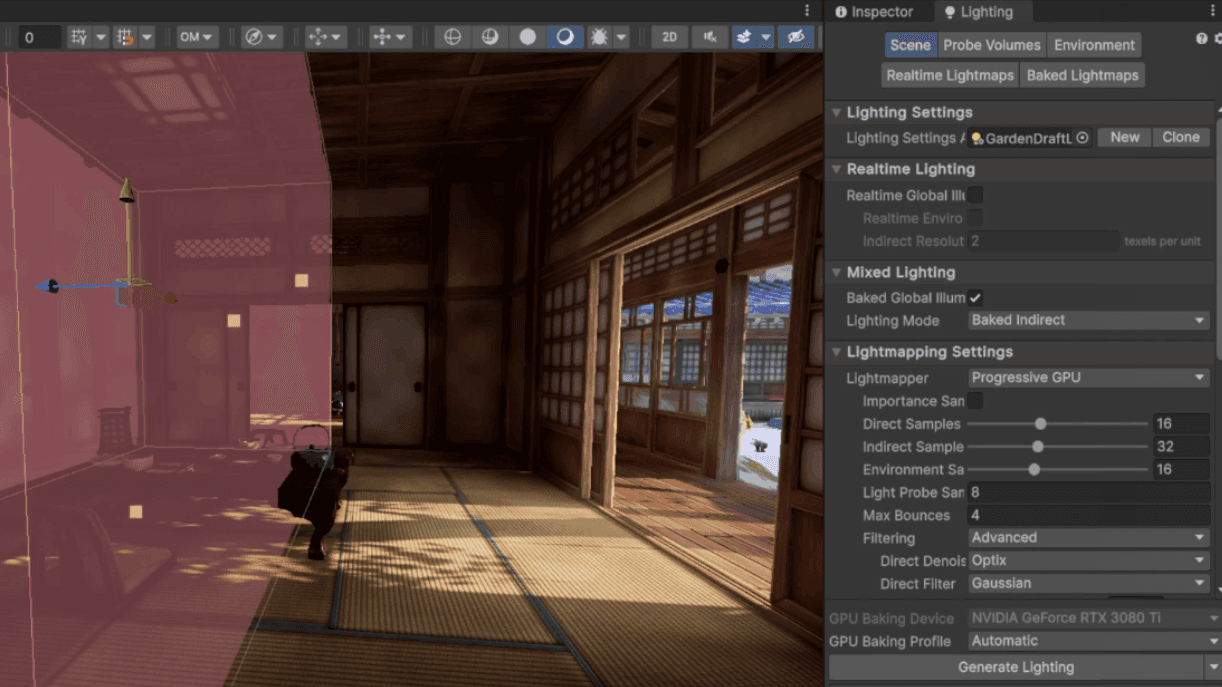Rendering & Visual Effects
APV - Improvements and Changes

The following is intended for informational purposes only, and may not be incorporated into any contract. No purchasing decisions should be made based on the following materials. Unity is not committing to deliver any functionality, features or code. The development, timing and release of all products, functionality and features are at the sole discretion of Unity, and are subject to change.
If you have accepted to , strong, use functional cookies and logged in, using your Unity ID at the top right of the page, then sharing feedback is as simple as clicking a card below, selecting a topic’s importance, adding your point of view, and submitting. If you prefer not to accept functional cookies or log in, you will be prompted to enter an email address and validate it, so we know how to reach out when the topic evolves. For more information, read the Feedback and privacy terms.
These improvements have been included in the 2023.3 / Unity 6 Beta release
Virtual Offset now uses Unity’s new internal Ray Intersector API
Adaptive Probe Volumes now use Unity’s new Ray Intersector API to perform Virtual Offset calculations when baking probes. This replaces a temporary implementation which used a physics collider workaround for offsetting invalid probes embedded in meshes.
These improvements result in a considerably simpler authoring workflow, with much faster lighting data generation.
URP: Blend Lighting Scenarios
Previously only available in HDRP, this feature is now also available in URP:
With “Blend Lighting Scenarios”, we provide you with the ability to bake individual probe volumes lighting scenarios to be used in your virtual environments and blend between them at runtime using scripting. This way there is no need to duplicate the scenes to store multiple probe volumes bake results and one can easily swap the baked lighting data for day/night transition or switching lights on and off in a room. For developers, it can also be very useful to compare multiple baked results and iterate more quickly. Our recommended min-spec is GLES 3.2 and above.
Control sample count in specific areas of the world
Light Probe processing times can be long, impacting setup and slowing down iteration times
This feature enables faster iteration during the Light Probe data processing by allowing the creator to control where in the world more (or less) samples are required to be calculated - this is especially useful for large environments
Reduced light leaking through limiting noise
When using multiple subdivision levels, one can use sampling noise to hide the visible seams. However, in interiors this would often cause light leaking issues because the noise could easily push the sampling position through a wall, resulting in overly bright or dark pixels.
This improvement limits the direction of the noise in a cone toward the camera, considerably reducing the risk of light leaking when using sampling noise in complex environments.